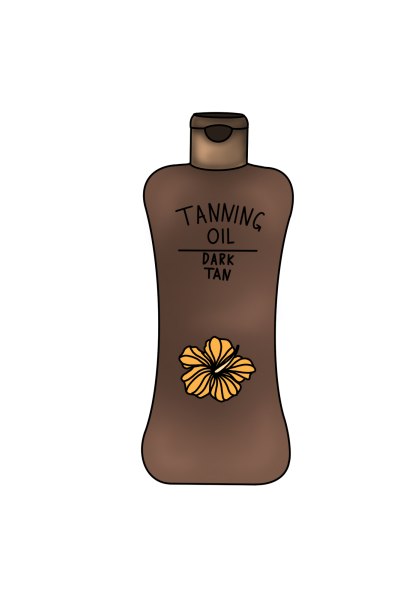The differences in education between Finland and the U.S at the collegiate and k-12 level.

Photo Credit: kmscubreporter.com
Some consider Finland to have the best education worldwide. Finland does indeed have some of the best education, but only for K-12; the U.S. (which is not ranked for K-12 education) is ranked very highly at the collegiate level. These different education systems have very different rankings, but only one has an overall better education system.
At the K-12 level, “Finland is ranked number one in education, worldwide,” according to Investopedia. Finland is ranked number one in the most important areas of child education and there is good reason for it. The criteria used for this ranking included: early childhood enrollment, test scores in math, reading, science, high school graduation rates and adult literacy rates. Finland has a free education system for European citizens (something the U.S. is not even close to). Finland also requires all teachers to obtain a master’s degree, according to Investopedia.
Finland does not have any standardized tests and does not give out any homework to students. While this may decrease the stressfulness of school, without any homework and standardized tests, students are not able to practice and apply what they learn in the classroom. The real-world application process for what students learn in class is fundamental to learning.
Due to the lack of standardized testing and homework, Finland uses an education system that embodies creativity. This helps many of the K-12 students exercise their creativity. Also, due to the lack of standardized tests and homework, the amount of stress is lower, so many students can enjoy their childhood more than they would in the U.S.
Children’s education is regarded as one of the most significant educational factors for parents when choosing where to live. But, I disagree, a great childhood does not equate to success in the future. For many, college is seen as the most significant aspect of teaching.
When it comes to the collegiate level, the U.S. is ranked very highly. The U.S. is currently ranked second at the collegiate level. The U.S. has a huge advantage compared to Finland (ranked 13), according to CEOWORLD Magazine. The criteria had two categories: quality index and the opportunity index. The opportunity index is based on the same criteria as the K-12 ranking, but it also included government expenditure on education, total (Percent of Gross Domestic Product) but did not include test scores.
The quality index looks at the public education system, willingness to attend university, funding and endowment, specialization expertise and institutional output by research. Quality index wise, the U.S. is far ahead of Finland, and the quality index is one of the most important criteria for education: career outputs.
Finland offers great childhood education and free college tuition. But comparatively, the U.S. education system is superior because the U.S. is ranked higher in university funding and specialization expertise. You can have a great childhood education, but if you do not have a good career when you grow up, you will not be able to afford nor find suitable housing or any other needed supplies in that regard.












